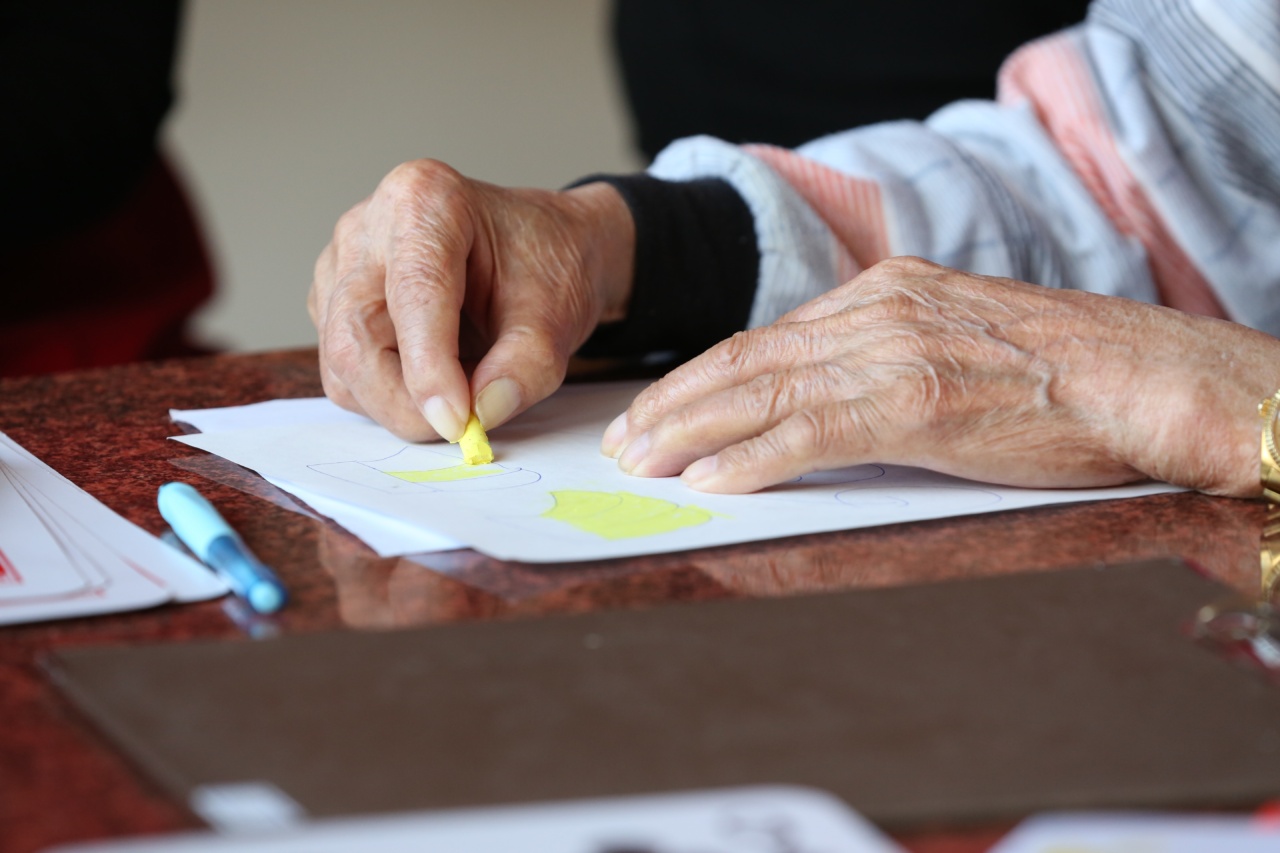Psoriatic arthritis is a chronic autoimmune condition that affects the joints and the skin. It affects millions of people worldwide, and the symptoms can range from mild to severe disability.
The goal of treating psoriatic arthritis is to reduce inflammation, pain, and swelling in the joints, to slow down the progression of joint damage, and to improve the overall quality of life of the patients.
Conventional methods of treating Psoriatic Arthritis
Until recently, the conventional method of treating psoriatic arthritis involved the use of nonsteroidal anti-inflammatory drugs (NSAIDs), disease-modifying antirheumatic drugs (DMARDs), corticosteroids, and biologics.
These medications are effective in reducing inflammation and pain, and they slow down the progression of joint damage. However, they come with a range of side effects, and they are not suitable for everyone. For example, many people cannot take NSAIDs due to problems with their stomachs, and biologics are not affordable for everyone.
New Methods of Treating Psoriatic Arthritis
In recent years, researchers and doctors have been exploring new methods of treating psoriatic arthritis that have fewer side effects and are more targeted in their approach. Some of these new methods are:.
1. Stem Cell Therapy
Stem cell therapy is a relatively new treatment option that involves using a person’s own stem cells to regenerate damaged or diseased cells and tissues.
The stem cells are extracted from the person’s bone marrow or fat tissue and then injected into the affected joint. The goal of stem cell therapy is to repair the joint and reduce inflammation and pain.
Studies have shown that stem cell therapy can be effective in treating psoriatic arthritis, but more research is needed to determine its long-term safety and efficacy.
2. Laser Therapy
Laser therapy is a non-invasive treatment that uses a high-powered laser to penetrate the skin and reduce inflammation in the affected joint. The laser therapy works by stimulating the production of collagen, which helps to rebuild damaged tissue.
Studies have shown that laser therapy can be effective in reducing pain and inflammation in people with psoriatic arthritis.
3. Dietary Changes
Changing the diet has been shown to be effective in reducing inflammation and improving joint health in people with psoriatic arthritis.
Consuming more anti-inflammatory foods and avoiding foods that trigger inflammation can help improve the symptoms of psoriatic arthritis. Some of the foods that are recommended for people with psoriatic arthritis include fresh fruits and vegetables, whole grains, fish, nuts, and seeds.
On the other hand, foods that are known to trigger inflammation include red meat, processed foods, sugars, and saturated fats.
4. Exercise
Exercise is an excellent way to improve joint health and reduce pain and inflammation in people with psoriatic arthritis. Regular exercise can help improve flexibility, increase strength, and improve overall mobility.
However, it is essential to choose the right exercise program that suits the individual’s condition and level of fitness. Low-impact exercises such as swimming, yoga, and walking are ideal for people with psoriatic arthritis.
5. Acupuncture
Acupuncture is a traditional Chinese treatment that involves inserting thin needles into the body to stimulate the nerves and improve the flow of energy.
Studies have shown that acupuncture can be effective in reducing pain and inflammation in people with psoriatic arthritis. However, more research is needed to determine its long-term safety and efficacy.
6. Pain management techniques
Pain management techniques such as meditation, mindfulness, and deep breathing exercises can help reduce pain and stress in people with psoriatic arthritis. These techniques are safe, easy to learn, and can be practiced anywhere, anytime.
They can help reduce the reliance on pain medication, which can have side effects like addiction and dependency.
Conclusion
Psoriatic arthritis is a chronic condition that can be challenging to manage. While conventional treatments are effective, they may have side effects and may not be suitable for everyone.
Fortunately, new methods of treating psoriatic arthritis are emerging that are more targeted, have fewer side effects, and are more effective in reducing inflammation and pain. It is essential to work with a healthcare professional to determine the best treatment options for each individual.




























